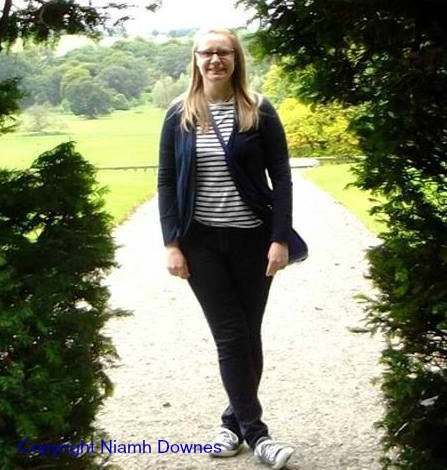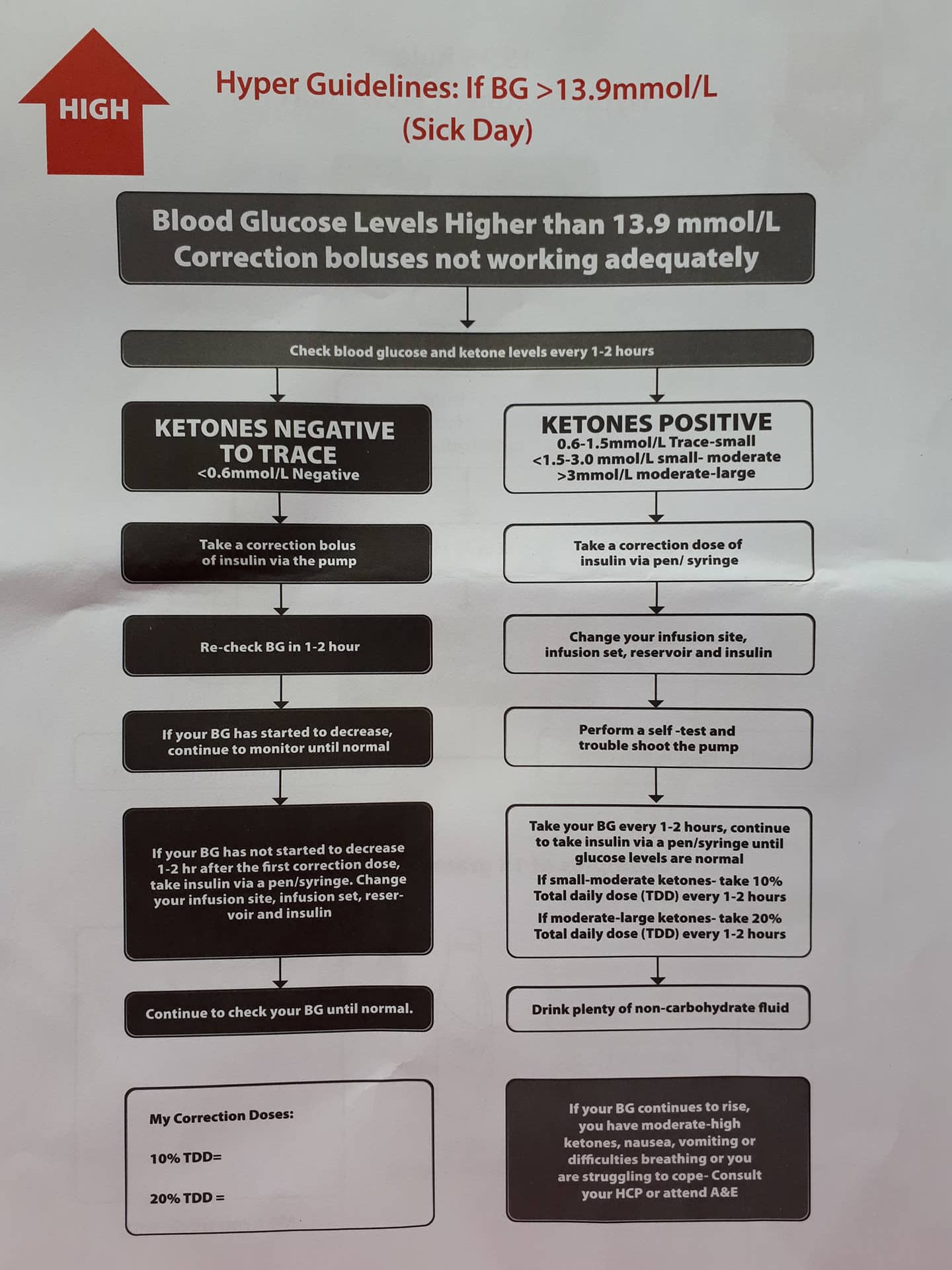Do you know about the Irish Diabetes Online Community DOC? It's been around for almost 10 years. It’s been amazing! And it’s lead me on the most wonderful and exciting journey.
You would think, living in a small country, where every one knows everyone that it would be easy to find other people with diabetes. But, as many of you know, sometimes, diabetes just doesn't come up in conversation and therefore you never know that the person you just met has is living with diabetes too.
THE BEGINNING
In 2007, there were no Irish diabetes blogs or social media groups. Ireland had, still has, only one registered national charity to represent all people with diabetes in Ireland. So, as you can imagine, this national charity struggles to do everything for everybody with diabetes with extremely limited funding. A social media platform to reach out to the diabetes community was too big of a stretch on those resources at that time.
Members of the Diabetes in Ireland Facebook group attending the Libre4All Petition Presentation on 19th April 2018 Photo taken by David Coleman. Copyright.
I had been living with type 1 diabetes for 13 years in 2007 and I'd just moved to a new town. I was really struggling with my diabetes; my HbA1c was climbing, I was burning out and was not coping very well being a mom to a toddler and a 4-year-old in a town where I didn’t know anyone. It was the first time in my life I actual felt completely isolated and I knew I need to connect with other people with type 1 diabetes.
Even though, the newly formed, Clare branch of Diabetes Ireland had set up a local diabetes peer support group, it was a struggle in the beginning and attendance was very low. I was still trying to find ways to reach out to as many people with diabetes in Ireland as possible and began using online forums and google searches. every so often I would type the words “type 1 diabetes” and “Ireland” into google search with zero results. And, then, one day….
In 2008, Niamh Downes, a newly diagnosed adult with type 1 diabetes, also went looking for other people with diabetes online. She set up a private Facebook group called “Diabetes in Ireland” and it took off.
DIABETES ONLINE COMMUNITY
By 2010, there were a couple of hundred members in the group with a large population living in, or working in Dublin City (the capital of Ireland). It was only a matter of time before someone would suggest a real life meet up.
I lived on the opposite side of the country, so I was no help. But I did remember seeing another post on a different online forum suggesting the same idea and dug it out. This post came from Emma O’Toole (then Battigan). I put the two women in touch with each other. They met up at the end of 2010 and with the help of Diabetes Ireland, set up the Adults Type 1 Diabetic Dublin Support Group in February 2011, with a coexisting Facebook group set up later.
DUBLIN ADULTS WITH TYPE 1 DIABETES GROUP
Emma remembers “being overwhelmed at our first meeting with the amount of people we had, I’m pretty sure there were close to 20 people at it. Back then we were in a small room in Diabetes Ireland in their Gardiner St office. Myself and Niamh were thrilled with the turnout on the night but it got a bit messy with everyone having little chats amongst themselves. Overtime we learned to chair the meetings better and reign people in to focus on the topic at hand.”
Me and Roisin at Diabetes Ireland's head office in 2017
Roisin Keegan took over from Emma and Niamh, “I heard about the support group meetings by complete accident through a friend who volunteered with a Type 1 children's club. I attended my first meeting nearly 4 years ago when the group met up in Diabetes Ireland’s Head Office in Dublin city Centre.
I was obviously nervous not knowing what to expect. Or if anyone would be in similar circumstances as me! I sat at this long table and listened to people exchange stories, tips, frustrations, advise, jokes and information. It almost felt like a relief.... after living a couple of years with the condition and not sure if how felt or what I thought was the same as others or 'normal'. It came like an instant realisation that actually, I'm not the only one! Here's a table full of people of different ages, backgrounds, different cultures, beliefs and different lifestyles, but all with one thing in common. I felt part of the group instantly.
It was inspiring to look around the table and notice people my age and older who opened up about what they achieved, where they travelled, about their families and professional lives and all the time living with the condition which once used to make me doubt what I could achieve.
The meetings became an extra life line which in turn enabled me to feel comfortable with my own condition and like that I've made some amazing friends and learned so much! It's the support and help you can't get in hospitals and is meaningful on so many different levels!”
The Dublin Adults with Type 1 diabetes doesn’t meet at the moment because the are looking to find a new affordable venue. But there are some social meet ups happening all the time.
TODAY'S IRISH DIABETES ONLINE COMMUNITY
Today, there are almost 3,000 members in “Diabetes in Ireland” Facebook group, it includes people with all types of diabetes, friends and family members. There are 1200 members on the Irish parents group and numerous other Irish groups that are regional. It's a regular “whatever you need to know about diabetes” go to group. And there are special interest splinter groups forming all of the time. Here is a complete list of online and offline groups.
I was truly thankful for our well established Irish DOC in 2013, when I found myself at the bottom of a barrel, desperately trying to get out, with my diabetes management. My DOC had no idea that they kept me going and helped me find my way back. That’s the great thing about an online community, you still feel connected even if you are not participating, or if you are only reading the posts. I was still at a point where I couldn’t talk about what was going on with me and it didn’t matter. The DOC was there 24/7 for me.
The growth of the Irish DOC, has given Diabetes Ireland, a direct line to communicate with the community. It means that they are no longer people in a regional office far, far away, reaching only people in those local areas. They can now engage with a much bigger representation of the diabetes community, allowing them to serve us better. Their engagement with social media has offered our community an insight into just how much they work for us.
Photo taken at Thriveabetes 2018 in February. Approximately 300 people in this room: all living with diabetes
The growth of the Irish DOC has also been responsible for making the Thriveabetes conferences happen and people who are newly diagnosed aren't spending as much time in the isolating world of not knowing anyone else with diabetes; they're finding the DOC sooner that I did.
In ten short years, we've grown from no presence to almost 10,000 members. I do know that most of the diabetes community in Ireland still doesn’t realise that the Irish DOC exists or are they aware of the many benefits it offers. But we are here, we are loud and I am certainly very proud and grateful to be a part of it.
P.S. There is also a presence on Twitter, Instagram and Snapchat but it's a bit more difficult to find each other in those platforms.

















